Many businesses reach a point where they need additional financing to take them to the next level. A business loan can be one of the most reliable sources of funding for a small or medium business that needs capital. However, navigating the business loan application process can be confusing, especially for first-time applicants. If you’re considering financing, get organized with this guide for preparing a loan application for your small business.
Choose a Loan Type
The first step is to determine which type of loan best aligns with the stage of your business and its goals. More specifically, the desired loan amount, use proceeds, and credit worthiness of your business will impact the type of loan needed. Some common business loan types available are:
- Term Loan – A term loan provides businesses an approved amount of cash up front that will be paid back in regular increments, which can be short-term or long-term. These can be used for equipment financing, working capital, inventory management, etc.
- Business Line of Credit – A business line of credit provides greater financial flexibility as a revolving credit line offers access to ongoing capital. These are ideal for long-term and seasonal business needs such as seasonal fluctuations and inventory management.
- SBA Loans – An SBA loan is backed by the U.S. Small Business Administration (SBA) and a bank to provide flexible and affordable payment options for small businesses. These vary based on type, where SBA 504 loans are narrowly focused on facilities construction, SBA 7(a) loans are more flexible and can be used for equipment purchasing, and more.
- Commercial Mortgages – A commercial mortgage is designed to finance the purchase, renovation, or refinancing of commercial real estate by providing the cash up front that will be paid back in regular increments.
Build & Maintain Your Credit
Knowing where your business stands credit score-wise is essential in securing a business loan. A credit score will measure the credibility of your business by telling lenders if you pay your bills on time, open too many (or too few) credit lines and utilize debt effectively. Most lenders will rely on your credit score to evaluate your credibility and trustworthiness as a borrower. However, some lenders may also consider other factors such as your business’s age, industry experience, and reputation with your customers and community.
Organize Your Documents
Don’t wait until application time to get organized because everything about your business needs to be documented for proof. These include business revenue, expenses, debts, and assets which should be backed up with paperwork. Establishing these accounting and bookkeeping practices in advance will make the application process smooth and easy.
Get Your Finances in Order
To get your finances in order for your business loan application, you’ll need to determine how much additional cash you need. Your chosen business loan type will help provide baseline limitations for how much you can borrow. Be wary that excessive funding could cost you unnecessary accumulated interest on top of prepayment penalties. On the other hand, requesting too little money may require a second loan or the reality of leaving a project unfinished.
Once you determine how much cash you need, you’ll need to consider what you can afford in terms of an additional monthly payment by examining your recent revenue and expense reporting. Lastly, while lenders will look at your past financial documents, they will also need to see what lies ahead with realistic cash flow projections that show future income and expenses. To prepare an accurate forecast, use previous cash flow statements because lenders are more likely to approve a business’s loan with a data-backed trajectory.
Find Collateral
A business’s level of risk plays heavily into a lender’s decision to provide the loan you are applying for. While lacking confidence in getting their money back can cause lenders to pull back, providing collateral can lower that risk. This provides the bank with a guarantee in case you default on your loan. Some common examples of business loan collateral include a business truck, land, or a personal asset. Providing collateral can be nerve-racking, but if a loan is used and repaid responsibly, any collateral provided should be safe.
Document Your Business Plan
Documenting a solid business plan will convince a business lender you know what you’re doing and can pay back borrowed funds. A business plan should demonstrate what you plan to spend your funds on, how they will help grow your business, and when you expect to see a return. It’s important to note that not every lender will require a business plan but creating one will help develop a strategy for your funds, establish a repayment plan, and be prepared for anything.
Apply at the Right Time
Plan ahead and don’t wait until right when you need a business loan to start applying. Once you foresee a future financial need, consider applying for a loan in advance to avoid being stuck in a lengthy application process while your business scrambles for cash. In addition, a line of credit may be ideal for covering slow periods if you operate a seasonal business with regular cash flow fluctuations.
Is your local business in need of funding? Our business lending services provide the options you need to fund a variety of your local business needs. Contact us today to get started.
{{cta(‘36364d8b-197e-4597-b02e-ce165efcf9d5′,’justifycenter’)}}





